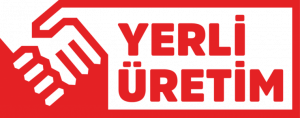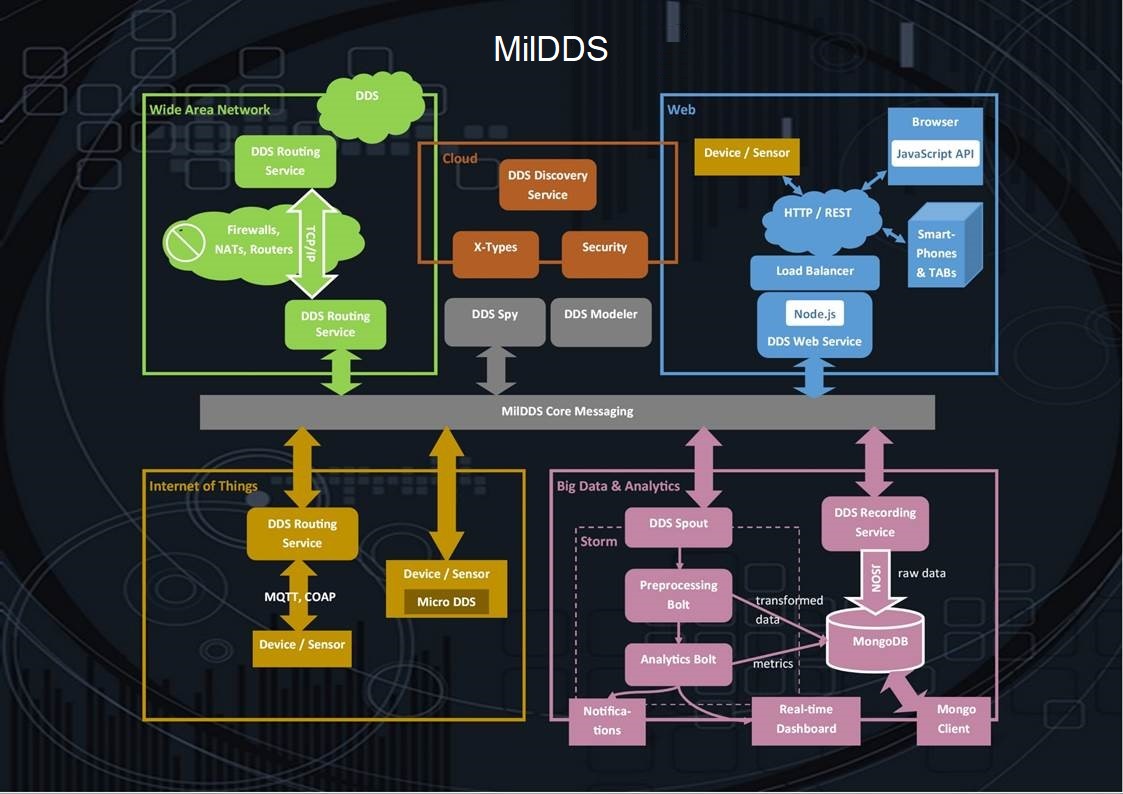
MilDDS is a middleware software that facilitates data-centric data exchange in publish-subscribe architecture within distributed systems.
BENEFITS
– High-Performance Publish-Subscribe Middleware in DDS Architecture
– Multicast-Based Data Sharing
– No Dynamic Memory Allocation After Initialization
• Reliability
– Dependability
• Modifiability/Extensibility
– Layered Architecture
– Hides Infrastructure Details from Application Logic
– Ensures Module Independence with Data-Centric Publish-Subscribe Architecture
– Allows Adding New Modules Without Modifying Existing Ones
• Operability
– Restart Applications Terminated Unexpectedly Using “DDS Durability Service” (transient and persistent data)
– Monitors Critical Applications’ Status with “Liveliness QoS” Capability
• Testability
– Enables Testing and Problem Analysis with the “DDS Spy” Tool
– Multicast-Based Data Sharing
– No Dynamic Memory Allocation After Initialization
• Reliability
– Dependability
• Modifiability/Extensibility
– Layered Architecture
– Hides Infrastructure Details from Application Logic
– Ensures Module Independence with Data-Centric Publish-Subscribe Architecture
– Allows Adding New Modules Without Modifying Existing Ones
• Operability
– Restart Applications Terminated Unexpectedly Using “DDS Durability Service” (transient and persistent data)
– Monitors Critical Applications’ Status with “Liveliness QoS” Capability
• Testability
– Enables Testing and Problem Analysis with the “DDS Spy” Tool

